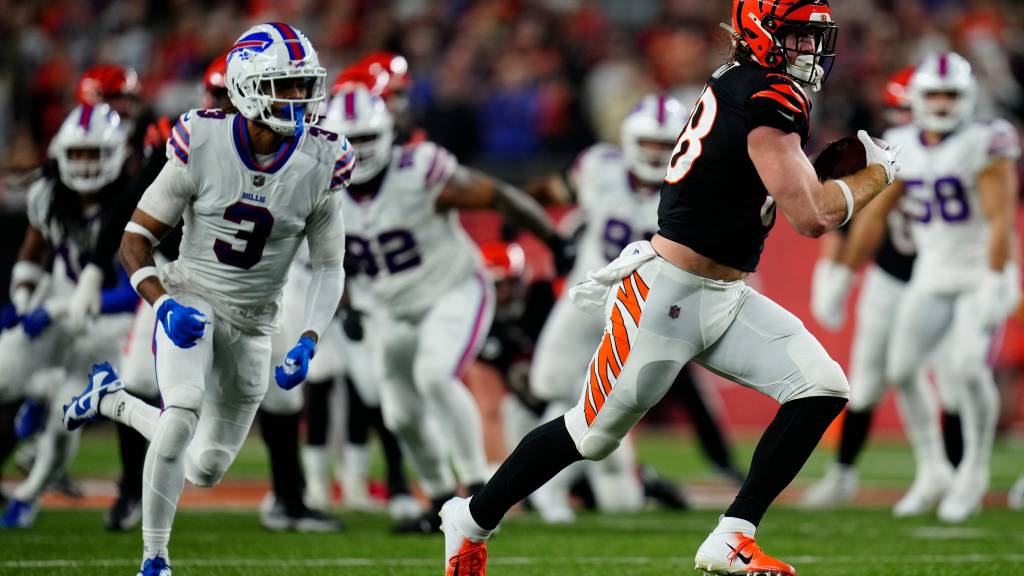The event is more common in projectile sports such as baseball, softball, and lacrosse. Because the balls used are all the same shapes and sizes within the sport, it is easier to track than football where people can be hit by the ball, helmet, elbow, knee or other areas.
“Of all the sports where you might see a commotio cordis event, soccer is one of the least likely sports to happen,” Oliver said.
Punch speed also plays a role, but it’s not necessarily based on the hardest or fastest punches. Once the ball speed reaches about 40-50 miles per hour, Oliver said, the chance of getting commotio cordis actually decreases.
He said the cause isn’t clear, but there are several theories. One is that the shock energy peaks too early to affect the cardiac cycle. The other has to do with how the body absorbs the shock of the impact.
“Once you get above about 45-50 miles per hour, if you don’t have protection, hitting a baseball will do some measurable damage to the tissue—bruise it, maybe even break a rib or cause a lot of tissue trauma.” In this way, the body acts as a protective pad,” Oliver said. “He absorbs a lot of that stuff, so it doesn’t get to the heart as much.”

